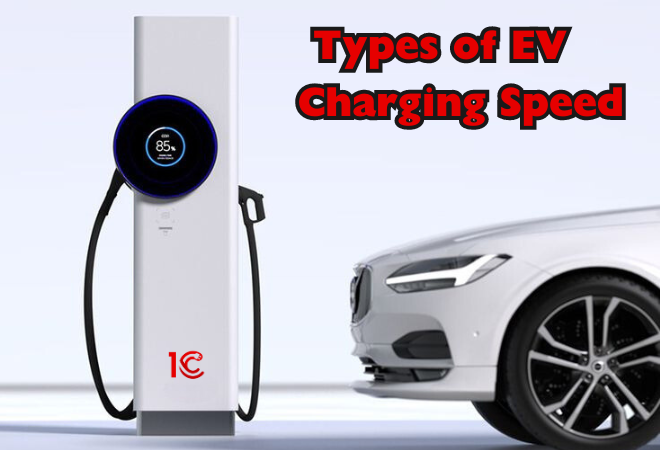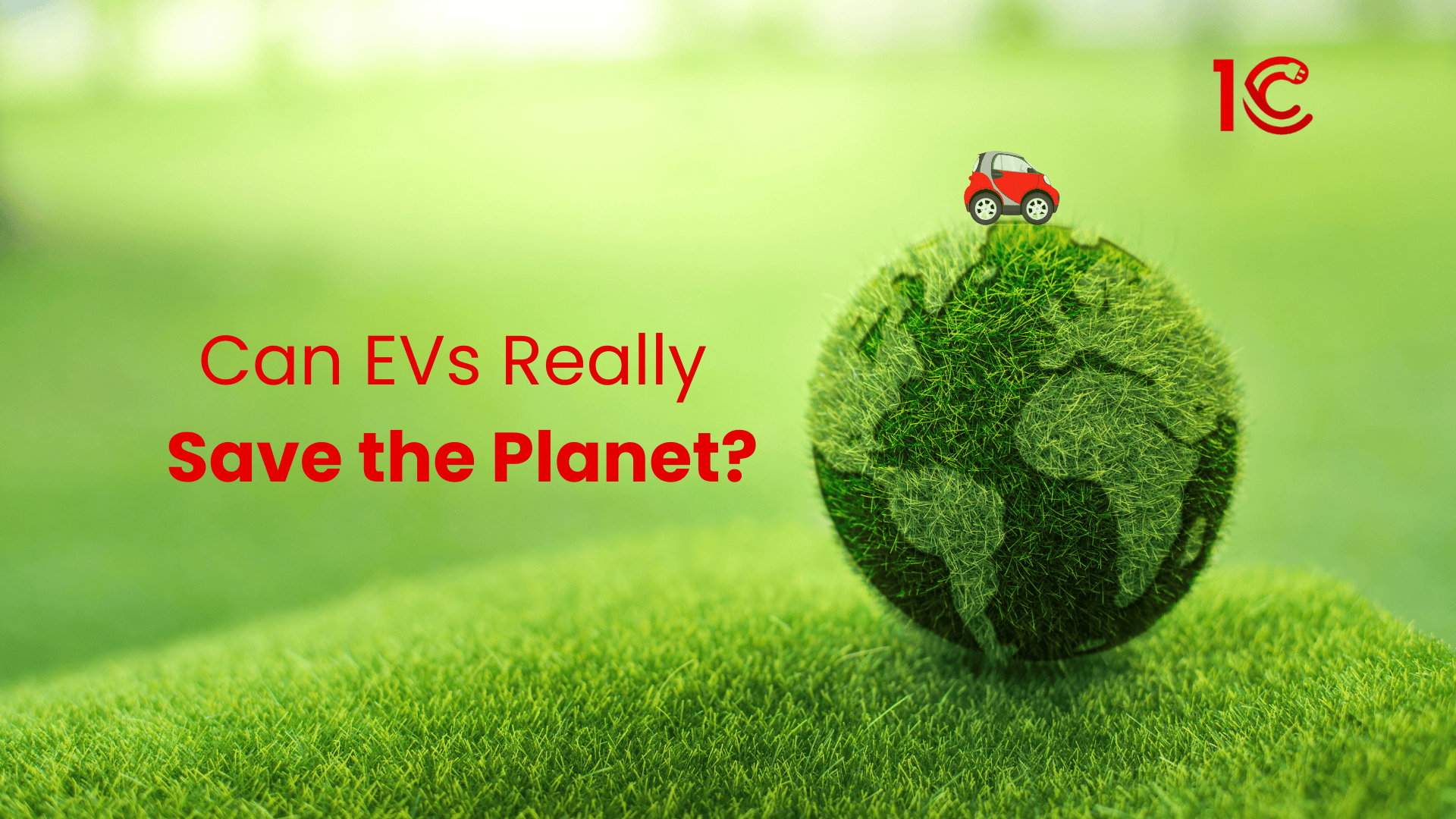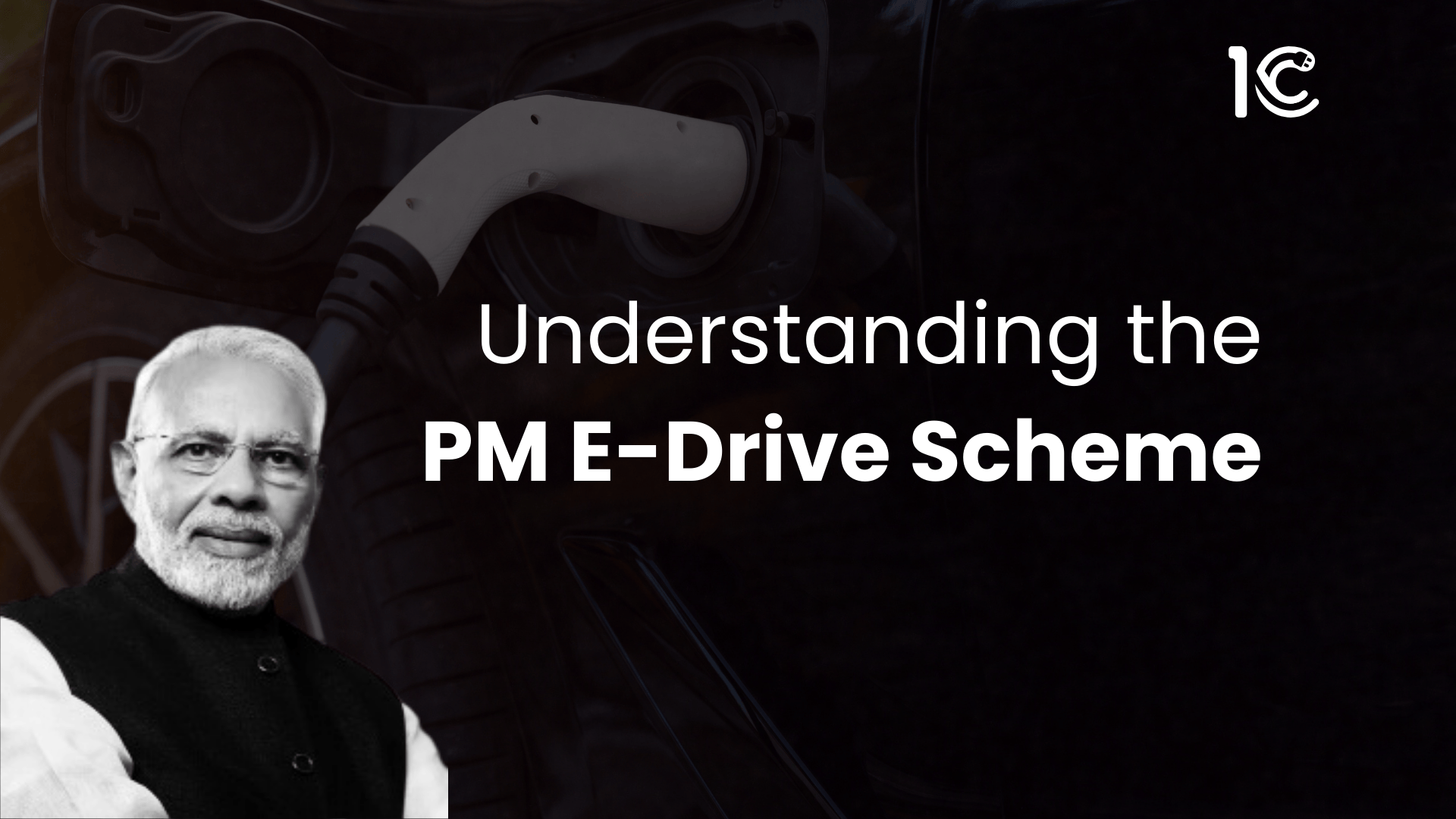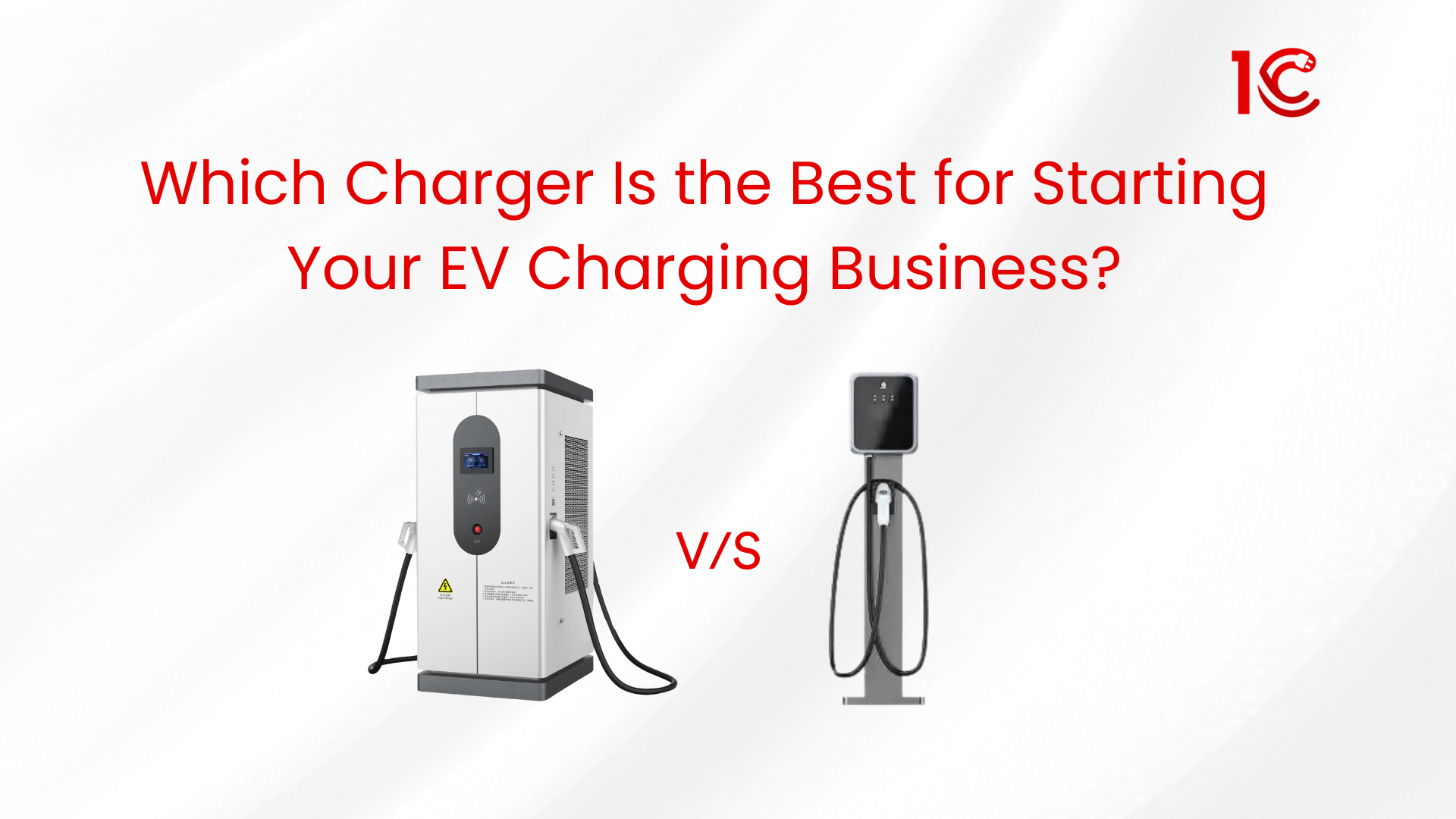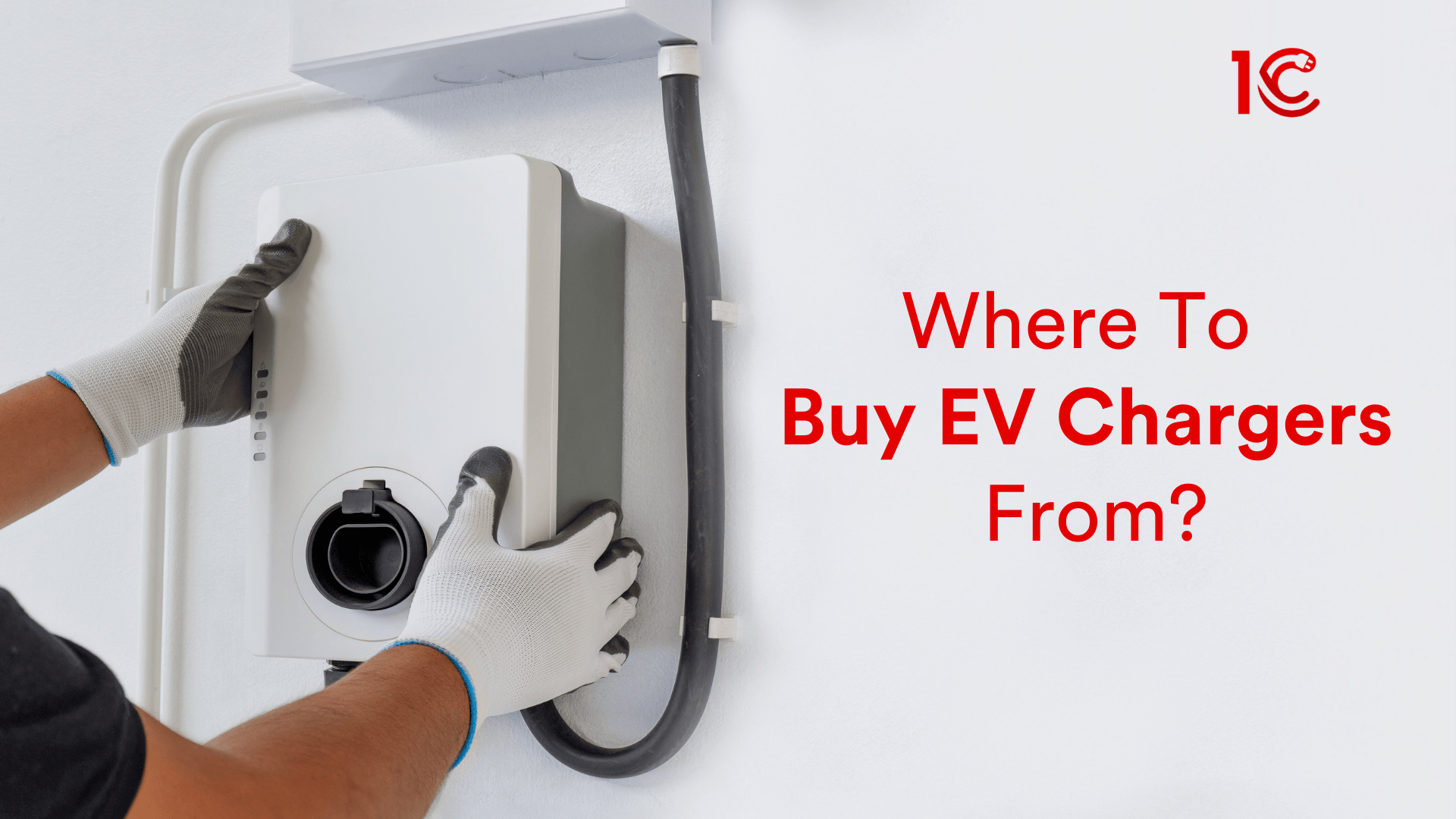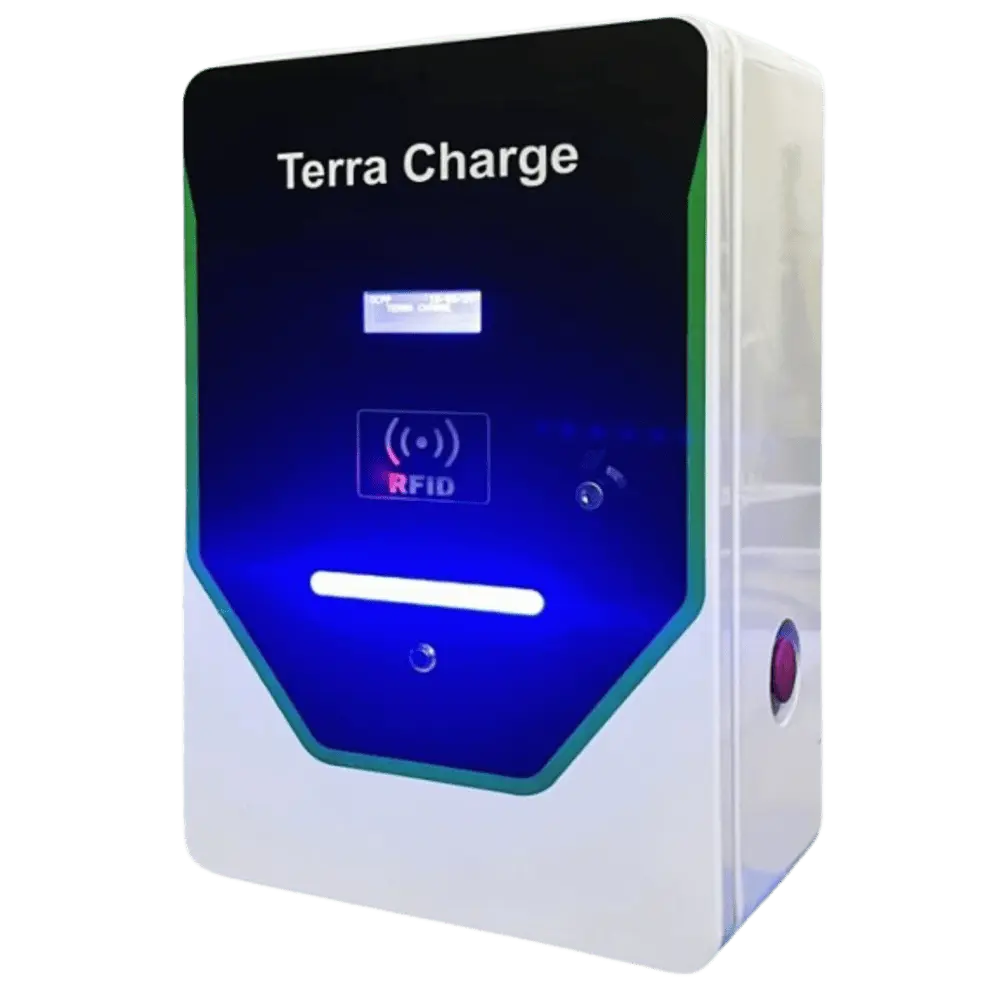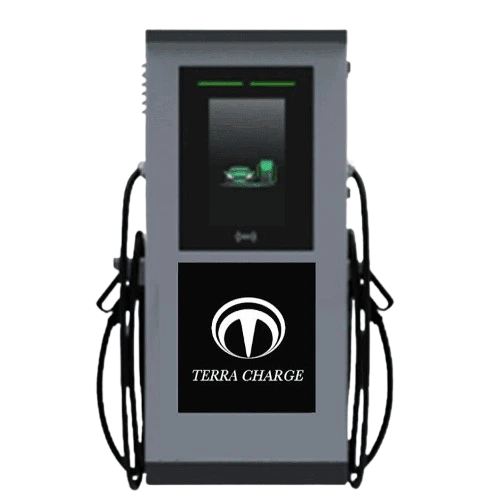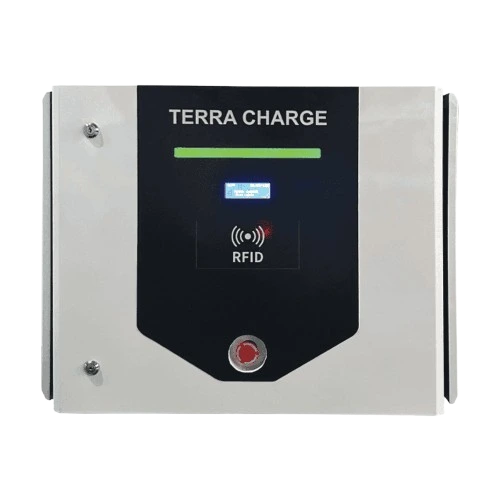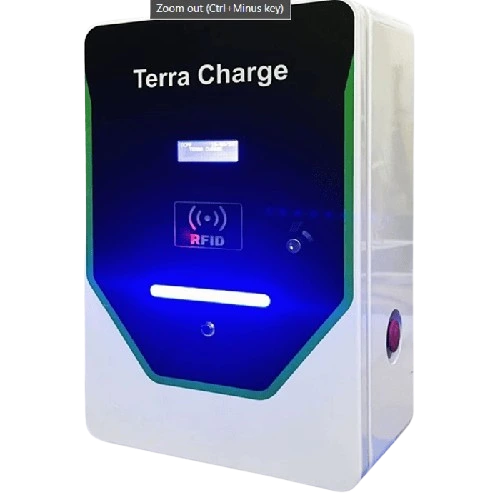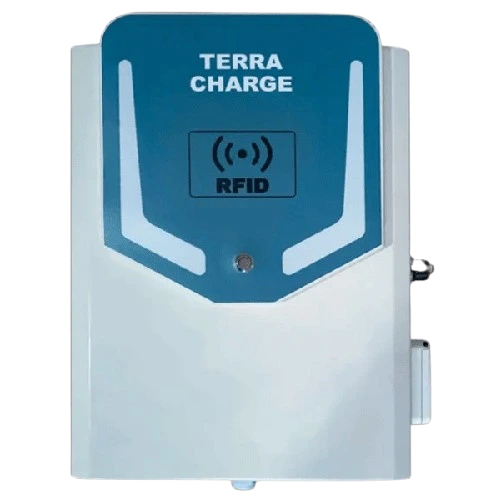Slow vs Fast EV Charging | Types of EV Charging
Like traditional vehicles, which have choices in the type of oil used to refuel the vehicle, EVs also come with a variety of charging options. In this article, we are talking about the types of charging based on the charging speed. The 3 types of charging based on speed we will understand are fast charging, slow charging and rapid charging. Every charging type has its pros and cons, and a specific type of charger provides each charging speed.
Types of Charging
The types of charging based on speed are categorised as fast charging, slow charging and rapid charging.
Charging Type | Speed | Typical Power Range | Common Locations | Usage Time |
Fast EV Charging | Faster than standard home chargers | 7 kW – 22 kW | Public charging stations, some homes | It takes a few hours for a full charge |
Slow EV Charging | Slower than standard home chargers | 3 kW – 6 kW | Home charging, workplace charging | Overnight for a full charge |
Rapid EV Charging | Very fast charging speed | 50 kW and above | Dedicated charging stations | 30 minutes to 1 hour for 80% charge |
Fast EV Charging
Fast EV charging uses higher power levels than slow charging, which cuts down the time needed for a full charge. It operates at 240 volts. Electric vehicles ready for fast charging have a special connector and can use charging stations with greater power output. Fast charging can refill an EV battery much faster than slow charging, making it a more time-effective choice. Yet, the presence of fast charging stations may differ, and not all electric vehicles can use this type of charging.
Also Read:
Charging Management system by 1C
Pros And Cons of Fast EV Charging
The advantages and disadvantages of fast charging are listed below:
Pros:
- Fast EV charging significantly reduces the time required to charge an electric vehicle, offering more convenience for users with tight schedules.
- Fast charging is ideal for long-distance travel, allowing EV drivers to top up their batteries during breaks quickly.
- As more fast-charging stations are deployed, it enhances the accessibility of electric vehicles, making them more practical for a broader range of users.
Cons:
- Setting up fast-charging infrastructure can be expensive, which may limit the widespread availability of fast-charging stations.
- Rapid charging, if done frequently, may cause additional stress on the battery, impacting its long-term lifespan.
- The convenience of fast charging depends on the availability of charging stations, and in some areas, they may be less common than standard charging options.
Types of Fast EV Chargers
There are different types of fast chargers for electric vehicles:
- AC Fast Chargers: These chargers provide Alternating Currents and are faster than standard home chargers. They have a power rating between 7 kW and 22 kW, allowing for quicker charging compared to regular household outlets.
- DC Fast Chargers: Direct Current fast chargers offer high-speed charging. They come in different power levels, such as 50 kW, 100 kW, or even higher. DC fast chargers are commonly found in public charging stations and are known for their ability to rapidly charge an electric vehicle.
- Tesla Superchargers: Exclusive to Tesla vehicles, Superchargers are a type of fast charger designed for Tesla cars. They provide a high-power DC charge, allowing Tesla owners to quickly recharge their vehicles on long-distance trips.

Also Read:
Slow EV Charging
Slow EV charging refers to using a standard electrical outlet at home or workplace to charge electric vehicles. Most electric vehicles are equipped with a cord and a control box for Level 1 charging. To begin charging, users plug the cord into a three-pin wall socket. The important aspect of Level 1 charging is that it doesn’t require additional hardware installation. However, the downside is the extended duration needed to achieve a full charge.
Pros And Cons of Slow EV Charging
The advantages and disadvantages of slow charging are listed below:
Pros
- Slow chargers are more affordable to install, making them accessible for home use.
- Slow charging puts less strain on the electricity grid because it uses lower power levels.
- It doesn’t require special and expensive charging equipment, making it straightforward for residential use.
Cons
- The primary drawback is the extended time required to charge the vehicle. This may not be suitable for individuals who need quick turnaround times.
- Slow charging may be insufficient for those with longer daily commutes or frequent long-distance travel.
- Slow charging may not be practical In public areas due to limited parking time and high demand for charging stations.
Types of Slow EV Chargers
Slow chargers are a type of electric vehicle charging method that uses a standard electrical outlet, are found at home or workplaces. Operating at 120 volts in Level 1 charging, these chargers offer a more affordable and accessible option for residential use. They involve plugging the EV into a standard three-pin wall socket, taking approximately 8 to 12 hours to charge from 0% to 100%, depending on the EV’s battery capacity. While slow charging requires no additional hardware installation, the extended charging time may not suit individuals with time-sensitive needs or those with longer daily commutes.
Rapid EV Charging
Rapid chargers are designed to charge electric vehicles quickly, providing a speedy charging rate of 50 kW. It takes approximately 30 to 60 minutes to charge an EV battery from 0% to 80% using rapid charging. However, it’s important to check for the right charging cables that match your EV’s make, model, and manufacturer.
Pros And Cons of Rapid Ev Charging
The advantages and disadvantages of rapid charging are listed below:
Pros:
- Rapid chargers provide a quick charging experience, reducing the time needed to charge an electric vehicle.
- Faster charging allows for more flexibility and convenience during travel or when time is limited.
- Rapid charging helps extend the range of electric vehicles by quickly replenishing a significant portion of the battery.
Cons:
- Some electric vehicles may require specific charging cables, making it necessary to ensure compatibility with the rapid charging station.
- Rapid charging can cause increased stress on the battery, affecting its long-term durability.
- Rapid charging stations may not be as widespread as standard charging stations, limiting accessibility in certain areas.
Types of Rapid EV Chargers
There are mainly three types of rapid chargers for electric vehicles:
- DC Fast Chargers: These chargers provide a high-speed direct current (DC) charge to the electric vehicle. They are commonly found in public charging stations and are known for their faster charging capabilities.
- CHAdeMO Chargers: This type of charger uses the CHAdeMO protocol and is prevalent among Japanese electric vehicles. It provides a rapid DC charge and is recognisable by its unique connector.
- CCS Chargers: CCS chargers, which are known as Combined Charging Systems, support both AC and DC charging and have become a standard in many regions. They often have a two-part connector, allowing compatibility with various electric vehicles.
Conclusion
The charging options for electric vehicles cater to various needs. Fast charging is quick and ideal for busy schedules and long trips, but availability and battery stress are considerations. Slow charging is affordable and grid-friendly, suitable for home and work, but may need to be faster for some users. Rapid charging combines speed and convenience but may have compatibility issues and installation costs. The choice depends on individual needs, infrastructure availability, and vehicle characteristics, with advancements likely to bring more accessible and efficient charging in the future.
FAQs
1. Which type of charging is the fastest for an EV?
Rapid charging is the fastest for electric vehicles and provides a high-speed charge, at 50 kW or higher, allowing for quick replenishment of the battery.
2. How far can I drive my EV with one full charge?
The driving range of an electric vehicle on a full charge depends on the make and model. Modern EVs can travel anywhere from around 100 to 300 miles on a single full charge.
3. Can my electric car lose its charge when parked?
Electric cars may experience some battery discharge when parked, but the rate is low. Factors such as temperature, battery health, and vehicle settings can influence the discharge rate.
4. What are the different types of EV charging speeds?
There are three main types of EV charging speeds: slow charging, fast charging, and rapid charging. Slow charging operates at a lower speed at home. Fast charging is quicker and often found at public stations. Rapid charging is the fastest and is designed for speedy recharging.
5. Is rapid charging a good option for your EV?
Rapid charging is beneficial for users with time constraints or during long-distance travel. However, its suitability depends on factors like the availability of charging stations, your vehicle’s compatibility, and the potential impact on the battery’s long-term lifespan.
6. How long does it take to charge EVs?
The charging time for electric vehicles varies based on the charging speed and the capacity of the vehicle’s battery. Slow charging may take several hours, and fast charging can take a few hours, while rapid charging can provide an 80% charge in approximately 30 to 60 minutes.
Related Articles >>>
Understand the evolution of transport from horse carts to electric vehicles and explore how EVs are driving us toward a greener future!
Key considerations for successful EV charging infrastructure planning: site selection, utility integration, installation, and operational efficiency.
An authoritative guide to bust the most common myths about electric vehicles, making it easier to understand the real benefits of EVs.
Understand the powerful synergy between renewable energy and EV charging stations, shaping a cleaner and more sustainable future. Read on to learn more.
Can EVs really save the planet? Learn more about the environmental benefits and challenges of EVs, and how they fit into a larger sustainability strategy.
The PM E-Drive Scheme is a major step for driving the growth of EVs in India. Learn more about how it will impact the EV industry, businesses & consumers.
Looking to start an EV charging business? Learn which charger — AC or DC — is best for your budget, location, and customers. Read more now!
Looking to buy an EV charger but unsure where to start? As the EV market booms, finding the right platform for a reliable, high-quality charger is essential. In this article, we compare three leading options: Amazon, IndiaMART, and 1C.


